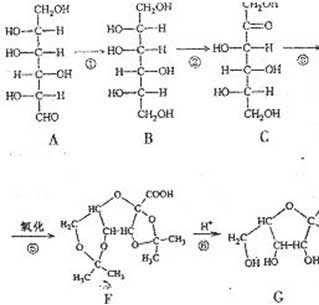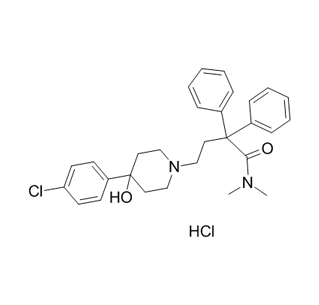
Search

Search

Everyone knows that natural flavors have a history of more than 5,000 years in China, and are divided into two categories: natural flavors and synthetic flavors. Natural flavors include plant flavors and animal flavors.
(1) Vegetable spice
There are mainly essential oils, extracts and other forms of use. It has a wide range of sources, has a fresh and natural aroma, and has a wide variety of commonly used about 200 species. However, most of its aromas change greatly over time, resulting in unstable overall aroma. And because the origin of plant raw materials, the harvest season and the place where the aroma is harvested are different, the aroma and yield are also different, so the aroma quality of the final product is also different.
(2) Animal spice
The aroma is stable and long-lasting, but there are only a few species such as musk, civet, castoreum and ambergris, which are few and valuable, and occupy an important position in spices. Animal fragrances are rarely used in cosmetics, and are mostly used to formulate high-end perfumes.
(3) Synthetic fragrance
Compared with natural fragrances, synthetic fragrances are inexpensive, abundant and stable in quality, and are currently the most widely used type of fragrances on the market. At present, there are more than 6,000 kinds of synthetic fragrances in the world, and 500 to 600 kinds are usually used as fragrances. Synthetic fragrances can be divided into natural structures and artificial structures according to their chemical structures. Among them, synthetic fragrances with natural structures are made by analyzing the components of natural fragrances and then using other raw materials to synthesize fragrance compounds whose chemical structures are exactly the same, such as synthetic menthol, camphor, etc., these kinds of spices account for the vast majority of synthetic spices.
At present, the chemical structure of synthetic fragrances with artificial structure has not been found in natural fragrance ingredients, and its aroma is similar to some natural fragrances, such as synthetic musk, etc. The fragrance of musk in cosmetics is basically synthetic musk. Click here for cosmetic ingredient manufacturers.
Whether it is natural fragrance or synthetic fragrance, most of them are added to cosmetics in the form of fragrance. Flavor is a blend of several or even dozens of spices according to a certain dosage ratio and addition order to have a certain aroma or aroma type. As a consumer, there is no need to worry too much about the fragrance in cosmetics. Cosmetics produced by regular manufacturers must be tested for safety before leaving the factory, and they can only be sold after meeting the safety requirements. Therefore, as long as qualified cosmetics purchased through regular channels are tested for sensitivity behind the ears before use, the hidden safety hazards caused by fragrances can be eliminated.
Explore more cosmetic ingredient list:
Caprylic capric triglycerride bulk
5-Bromo-5-nitro-1,3-dioxane bulk
Palmitoyl tripeptide-1/Pal-GHK bulk

Quick Links
Add:
E-mail:
 English
English  Español
Español  français
français  العربية
العربية 


